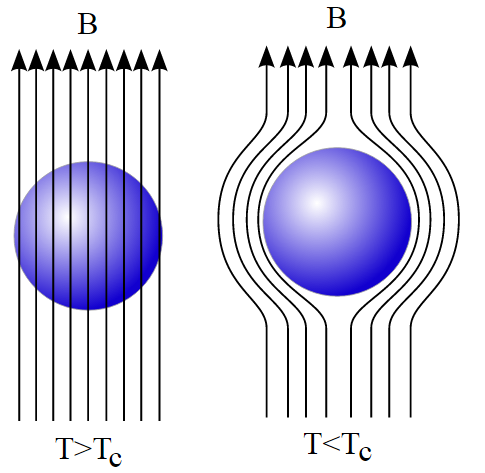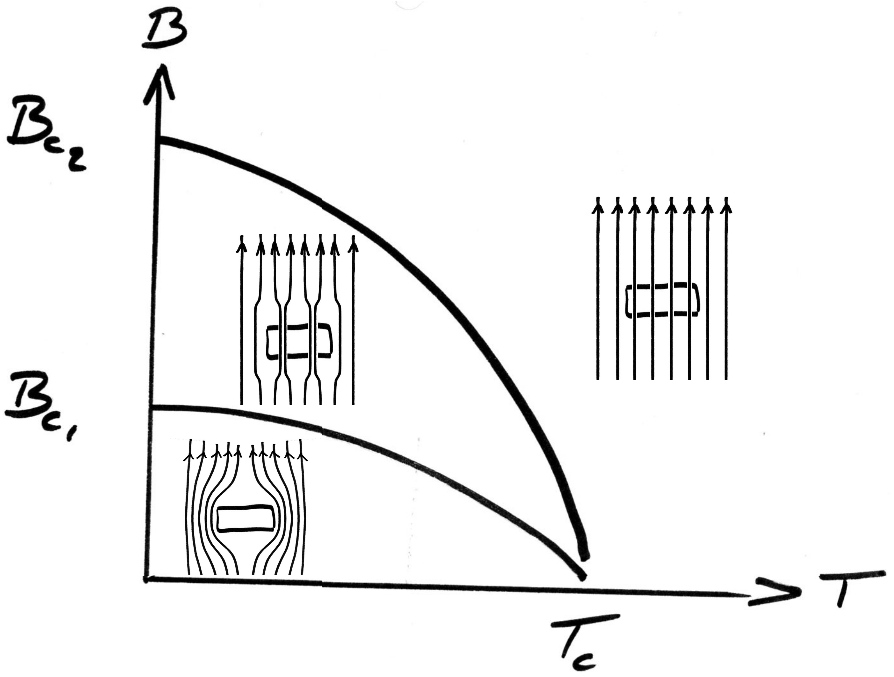
If you have been up-to-date with recent tech news, then I’m sure you have heard of the hoverboard that was created by engineers and scientists at Lexus. Recently Lexus International released a video titled “The Lexus Hoverboard: The Science” which briefly explains the science and engineering behind the fascinating project. The video is only about two minutes long and brushes over some interesting phenomena, so I’m here to the break it down further for you so you can truly appreciate the science behind the hoverboard.
Superconductivity

A superconductor is a material that conducts electricity with zero resistance which means that it can carry a current indefinitely without losing any energy. Now in order for a material to become a superconductor it must drop below a certain transition temperature in which the material will change phase and become a superconductor. Historically transition temperatures have been extremely low (close to 20 K, or about -424°F / -253°C) but in the late 1980’s Paul Chu discovered YBCO (Yttrium barium copper oxide) ceramics that transform into superconducting material at about 90K (about -298°F / -183°C) which can be reached easily with cheap liquid nitrogen. You might hear that YBCO is a type II superconductor and all that means is that its superconductivity gradually is lost between two critical magnetic fields. Here is an explanation if you want to know the difference between type 1 and type 2 superconductors.
Meissner Effect

In the video, Prof. Ludwig Schultz, pioneer of superconducting levitation, explains that the key to the levitation of the Lexus Hoverboard are the YBa2Cu3O7 (a famous type of YCBO high temperature superconductor) blocks under the board. Schultz explains that the track is made out of permanent magnets and has 3 poles which creates a magnetic field on the track. When the YCBO blocks are cooled with the liquid nitrogen and transform into superconductors, the superconductivity creates tiny currents on the surface of the blocks which create tiny magnetic fields that go on infinitely without loss and expel the magnetic fields from the track below. This means that the magnetic field from the track cannot penetrate or exist within the superconductor. This pushes the magnetic field around the superconductor and levitates it above the track. this is know as the Meissner effect.
Flux Pinning

The Meissner effect explains how the board levitates above the ground but it does not explain how the board stays on the track without derailing. If it was only the Meissner effect in play then the hoverboard would levitate and then slide off the track easily. A possible explanation for this is flux pinning.
When type 1 superconductors are very thin, defects in the lattice structure exist in the form of voids or vacancies (missing atoms) known as flux tubes which allows a magnetic field line to pass through. In the case of the hoverboard, type 2 superconductors are used because they do not have to be superthin to have flux tubes, they can be designed to have flux tubes which can lead to enhanced flux pinning. This can be seen in the image above where between certain magnetic fields strengths there is not complete expulsion of the magnetic field allowing some to pass through. Within theses flux tubes the superconductivity is locally destroyed but around these tubes superconductivity is still creating tiny infinite currents that expel the magnetic field. Think of it this way, in the center of these tubes is the eye of the storm which a magnetic field line can pass through with little energy but around the tube is a hurricane that will push the magnetic field line back to the center when it tries to move, this creates that “pinning” effect and “locks in” the board in a certain orientation.
DISCLAIMER: Please note that because superconductivity, the Meissner effect, and flux pinning are quantum mechanical phenomena my explanation should be viewed only as qualitative and used to give you a simple understanding of how all three work together.

So there you have it. The Lexus Hoverboard science explained in about 5 minutes. Now you can go tell your friends that you know a little more than the average chump when it comes to the levitating board.

